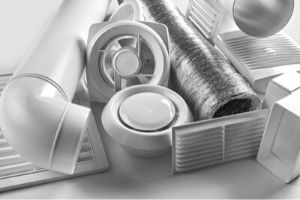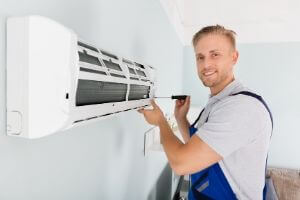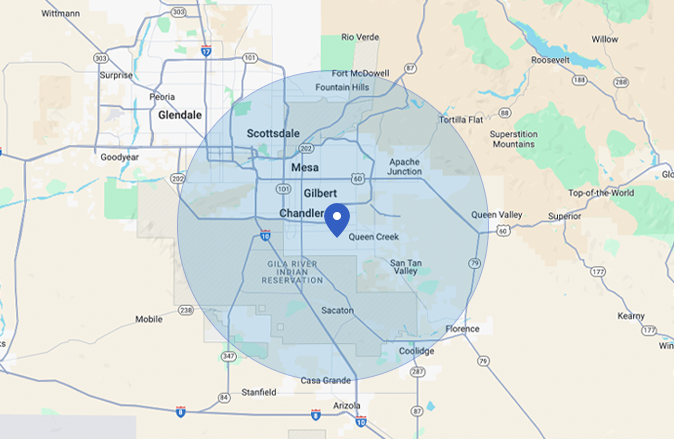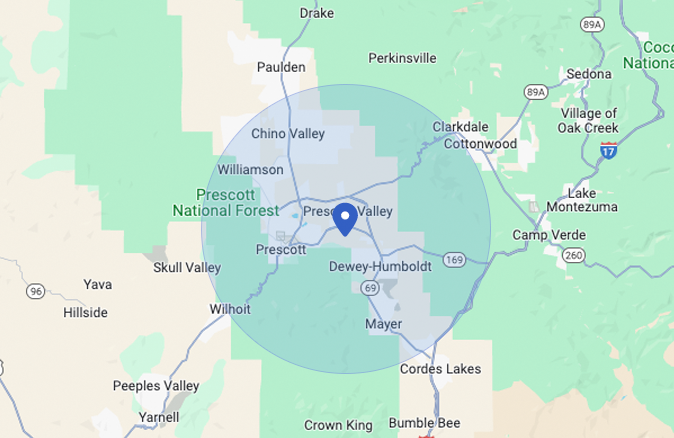How Does An Air Conditioner Work?
People often wonder how many appliances work effortlessly at home. Many of those questions are related to the functionality of the air conditioner. How does the air become cooler or warmer with just the push of a button? Although many people believe the air conditioner “creates” cold air, it actually does not.
These systems change the temperature, humidity, or quality of the air by drawing heat energy out of the room and transferring it outside. This same heat goes through another process and uses refrigerant to convert it into cool air inside. This process may still sound confusing for most readers, which is why air conditioning repair experts have created an article to help homeowners understand one of their most-used appliances.
The Components of an Air Conditioner
This system needs essential air conditioner parts to work properly. There are five fundamental components inside, including:
 Refrigerant: This particular element is typically known as Freon, which is a special fluid that is needed for cooling/freezing processes.
Refrigerant: This particular element is typically known as Freon, which is a special fluid that is needed for cooling/freezing processes.- Compressor: This piece of equipment pressurizes the refrigerant and raises its temperature higher than the outside temperature.
- Condenser Coil: This is the outdoor air conditioning unit that receives the high-temperature refrigerant from the compressor. The condenser coils contain hot refrigerant.
- Expansion Valve: Before the refrigerant passes to the evaporator coils, or the final stage, the air must be cooled down. The expansion valve brings the air pressure and temperature down.
- Evaporator Coil: This is where the air conditioner picks up the heat from inside a unit (house).
How These AC Components Work Together

HVAC systems make air temperatures cooler by drawing heat energy outside and transferring that heat outdoors. But how does this process work specifically? As mentioned above, the refrigerant element acts as a cooling agent that absorbs heat and transfers it outside.
This refrigerant is contained inside coils traveling inside the unit. The coils move the refrigerant to the outdoors and back inside again.
First, the refrigerant absorbs the heat from the air, then changes it from a liquid state to a gaseous state, and moves it towards the compressor. At the second stage, the compressor raises the pressure and temperature of the refrigerant so it is ready for the condensing process.
The refrigerant now has reached the condenser (located outdoors) where the outside air absorbs the heat from the refrigerant, lowers its temperature, and changes it from gas to liquid state. The final stage begins now. The cold refrigerant travels back indoors where the evaporator repeats the process again until it achieves the desired temperature set on the thermostat.
Always Seek Professional Help
 Often people are drawn to DIY projects to save money and time. However, many of these attempts backfire due to lack of proper expertise causing more damage than solutions.
Often people are drawn to DIY projects to save money and time. However, many of these attempts backfire due to lack of proper expertise causing more damage than solutions.
Before saving money, think about the expertise and knowledge needed to repair, maintain, or replace a piece of the air conditioner unit. Furthermore, it’s better to hire a professional tradesman because most AC units carry on a warranty that requires assistance from a certified professional.
Air conditioner systems are complex machines that require electrical expertise as well as diagnostics training. Therefore, calling a certified professional is the safest and cheapest way to resolve any issues associated with an AC Unit at home.
Contact Wolfgang’s Cooling & Heating Today!
When it comes to expertise and high-end quality, Wolfgang’s Cooling & Heating is the best air conditioning service in Mesa, AZ. They provide ease to their customers by offering appointments online, coupons for specific services, and the very best customer service.
[press_release_images][/press_release_images]
[press_release_distributions id="77003"][/press_release_distributions]








